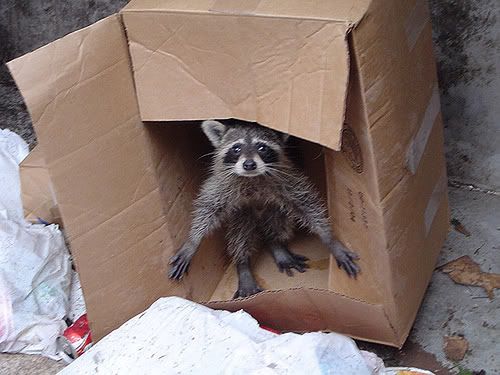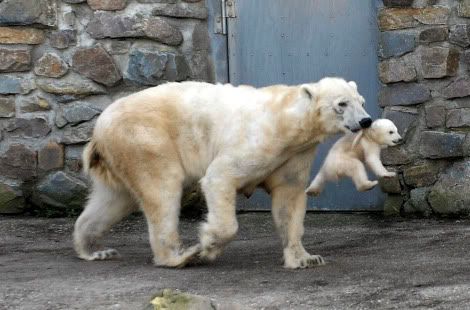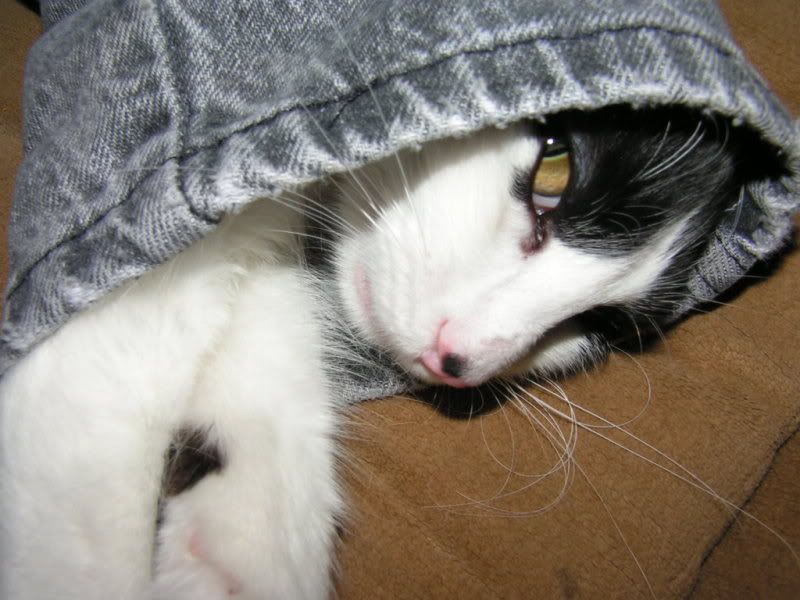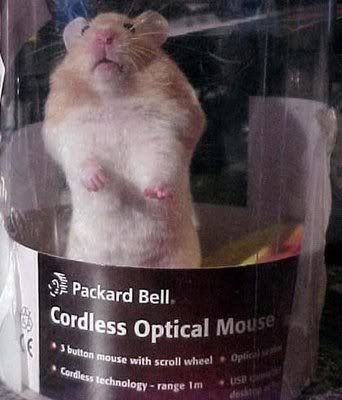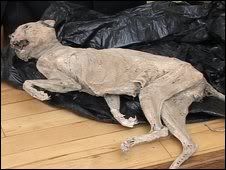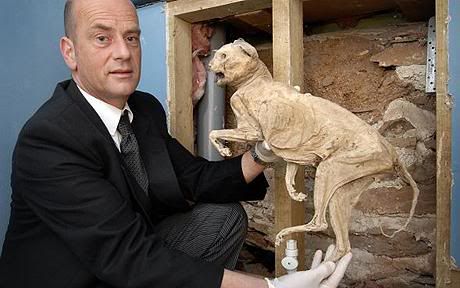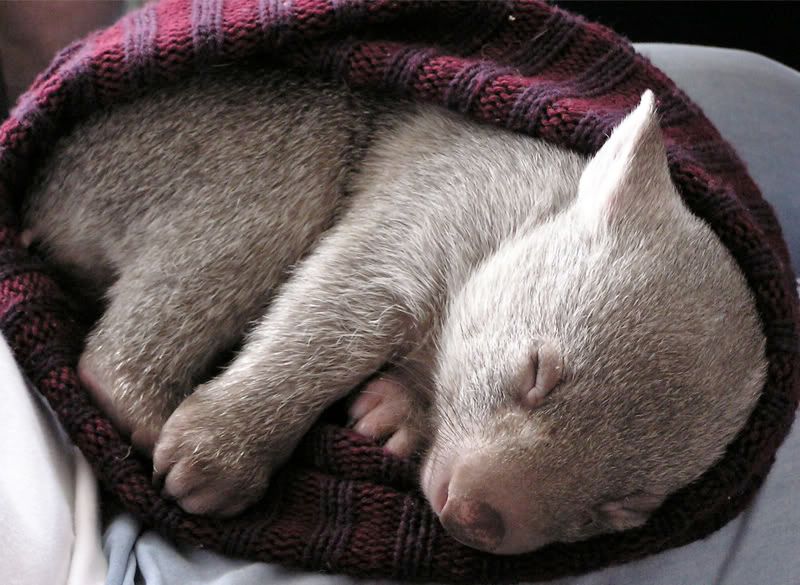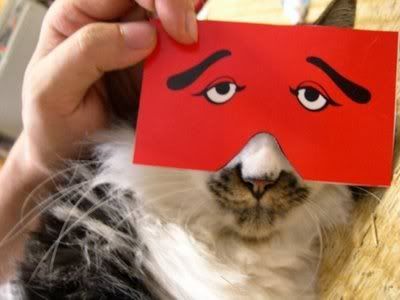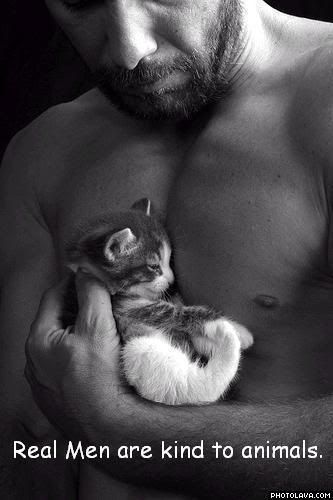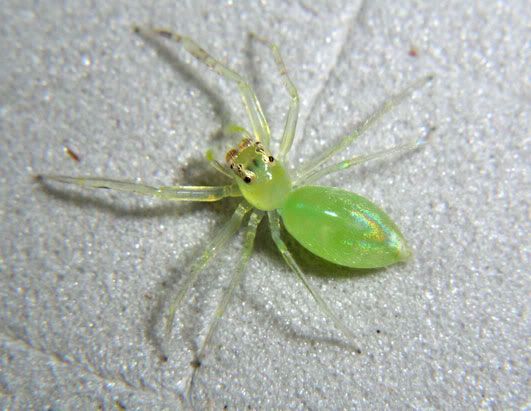I have mentioned my American Staffordshire Terrier Skye in several of my articles. Some of you may know of her health issues, but I thought I would share them with you because dogs, cats and other animals with special needs need loving homes too.
I was not going to get another dog for a while after losing my last AmStaff Smokey Bear to old age at over 19 years old. I live in the country and have done so for over ten years now, with never a qualm of being in the “boonies,” as some of my friends call it. However, a violent crime a few miles from my house changed my thinking and after discussing it with my boyfriend, we began looking for another dog to share our lives with.
I found a breeder who had a retired AmStaff that needed a home; however, after discussing her with the breeder I found out that the dog’s handler wanted to adopt her, too. I didn’t feel right about taking her away from the only family she had ever known, and the breeder understood. The breeder mentioned she had another dog that needed a home, but she was hesitant because this dog (Skye) had special needs. Skye is a beautiful representation of the American Staffordshire breed. However, when she turned a year old and went into season for the first time, she began having idiopathic juvenile seizures.
What this means is that she began having seizures for no apparent reason. Skye was checked for epilepsy and did not have it, but that didn’t keep her from having seizures. The breeder had taken Skye to not only a regular vet, but a homeopath as well, and Skye had even been to the state university’s veterinary college to try and figure out what was wrong with her. Skye had grand mal seizures in clusters, which means that she had the most severe seizures and for hours at a time. The breeder mentioned that the seizures had gotten so bad, sometimes she would spend the night next to Skye’s crate to try and keep her calm. Some nights she would kiss Skye good night and say a prayer that Skye would still be here in the morning.
After hearing this story, I am sure you are saying “What were you thinking?” It may be hard to understand, but I had no other thought than to give this special girl a safe, caring, loving home of her own. Don’t get me wrong, I did lots of research into not only seizures but epilepsy as well, as that was the best information I could find that explained seizures and why they happen. I spoke with family and friends to get their opinions of whether or not they felt I was up to the task. I spoke with a trainer, who knows not only me but all the other AmStaffs I have lived with that had special training issues. I also spoke with a friend that said “Run like hell in the other direction,” so this story is not without its detractors.
I even spoke with an animal communicator to see how Skye felt about leaving the only home she had ever known. Speaking through the animal communicator, Skye said she couldn’t understand why she was still at the breeder’s. She knew that other dogs had gone home with families and didn’t know why she hadn’t. I asked Skye if she knew why she had seizures and got a surprising response: Skye thought all dogs had them and thought it was normal, but couldn’t tell me why she had them. I asked the animal communicator to ask Skye if she had any questions for me. Skye did, and what she asked me made me cry. Skye wanted to know if she didn’t live very long if I could still love her as much as I would love another dog. I asked the animal communicator to please tell Skye that I would love her if she was with me for three days or twenty years, but that I was aiming for the twenty year range. I also asked Skye if she wanted to come and live with me and she answered “Yes.” This was important to me, because she was coming from a place with a huge back yard she could run in safely to a place where we had no dog fences yet and where she would have to be walked on a leash until we could remedy the situation.
The breeder had a few requirements for me as well. I had to go for an interview to see if I would be able to handle an AmStaff to her satisfaction. A handsome boy named Henry helped me with that one. Henry got nosy and I didn’t back up or walk away, I just pushed him back and treated him as I would have treated any of my other AmStaffs if they got bossy. I passed the test and after learning about Skye’s requirements I got to bring her home with me.
We go to Skye’s vet every six months for blood tests, so her medication levels can be checked. She also has blood tests to make sure that her kidney and liver functions are normal, because the medication she is on can affect that also. Skye is completely off of Phenobarbital now but is still on Sodium Bromide, which keeps her seizures in check. Actually, my sweet Skye is closing in on her year and a half anniversary of being seizure free, and we have been blessed to never have seen one.
I believe that with love and faith all things are possible, and I have been blessed with a dog that proves it to me every day.
Ruthie Bently
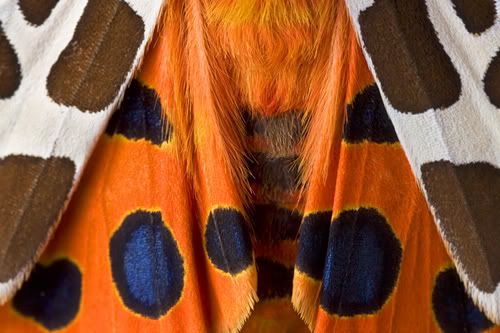 Garden tiger moth close-up by Paul Keene
Garden tiger moth close-up by Paul Keene
